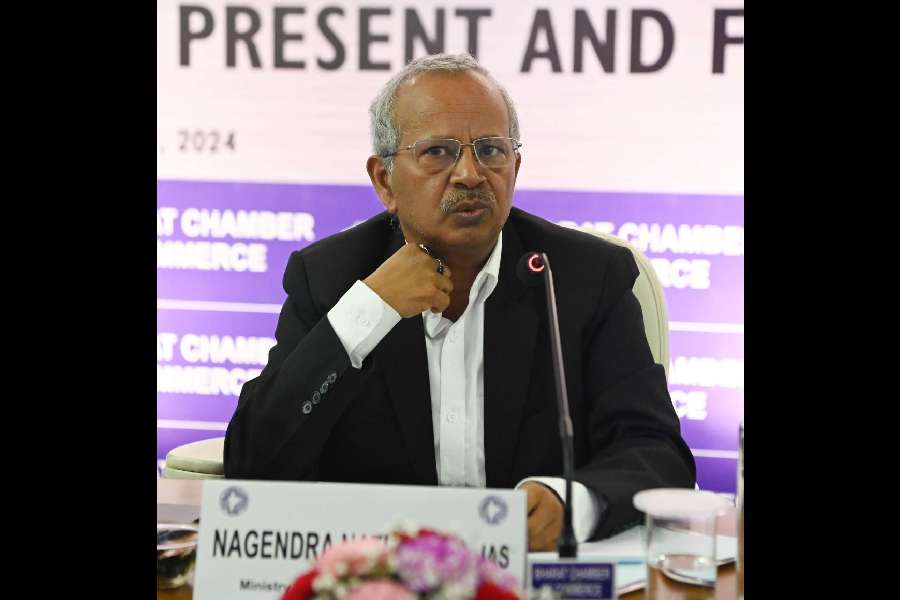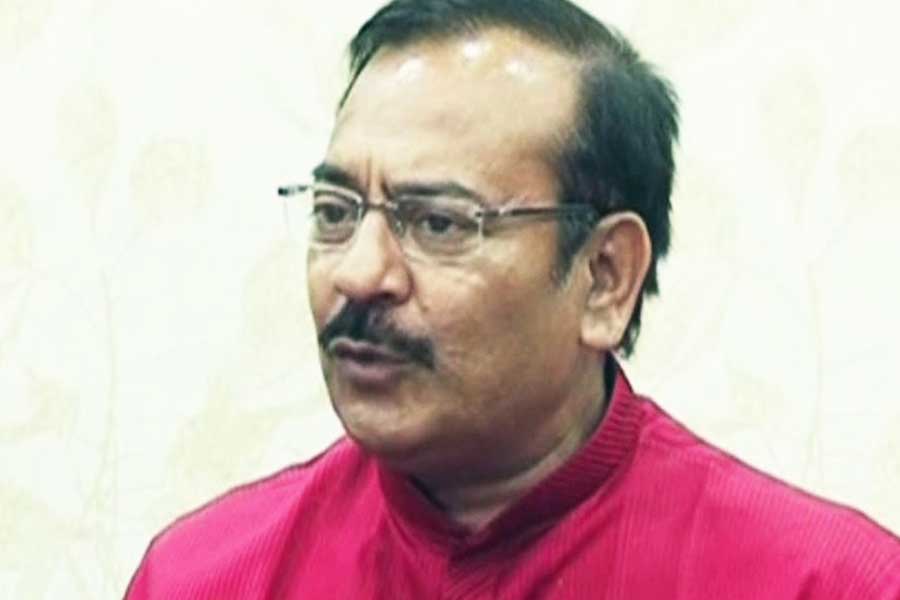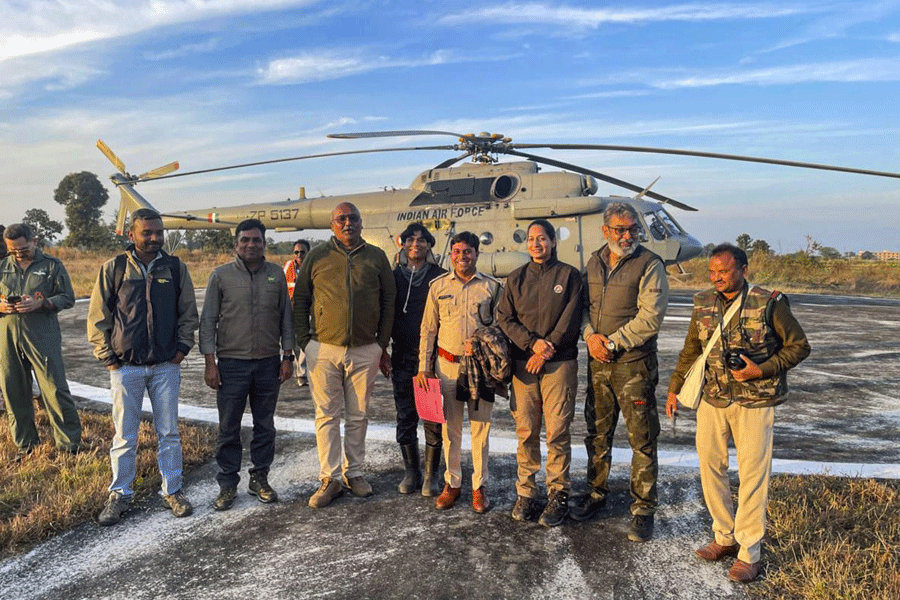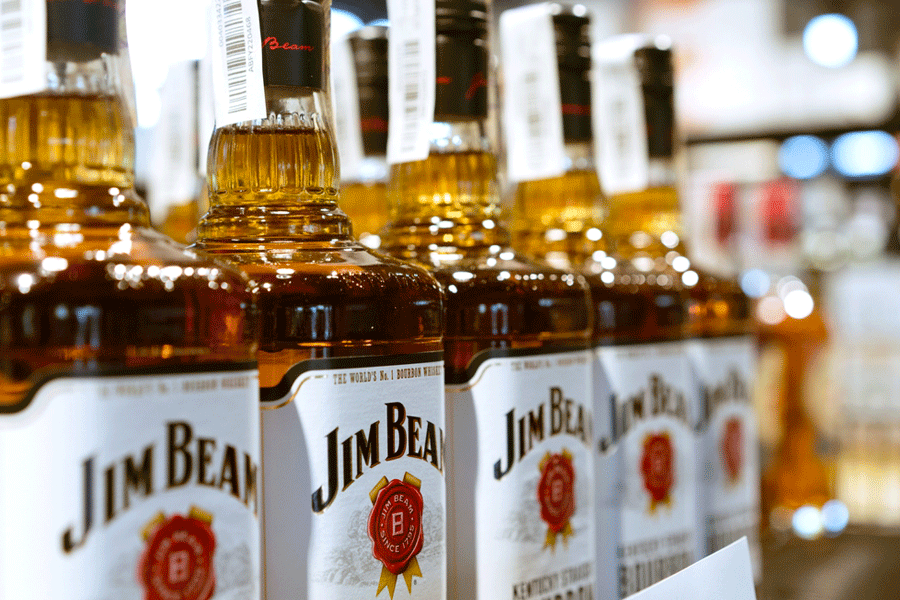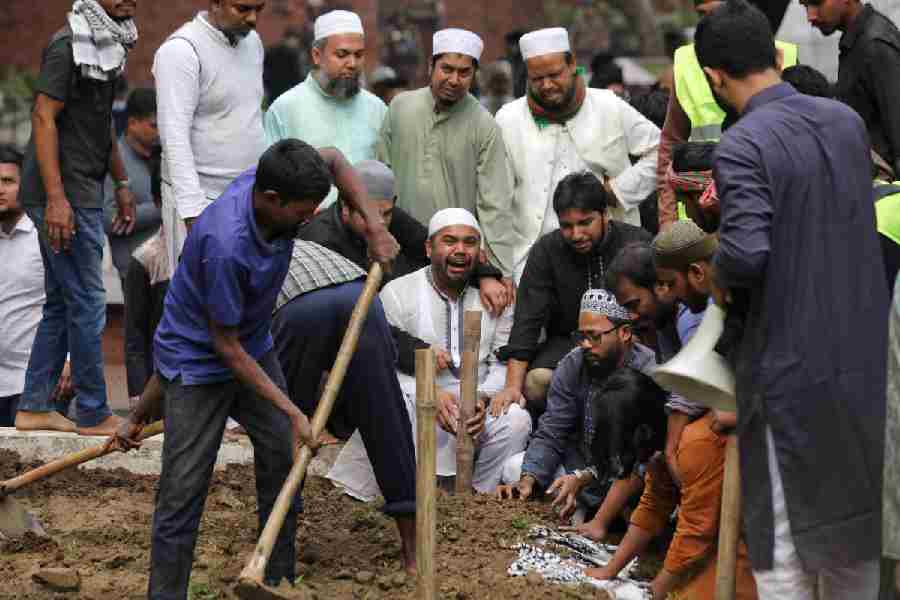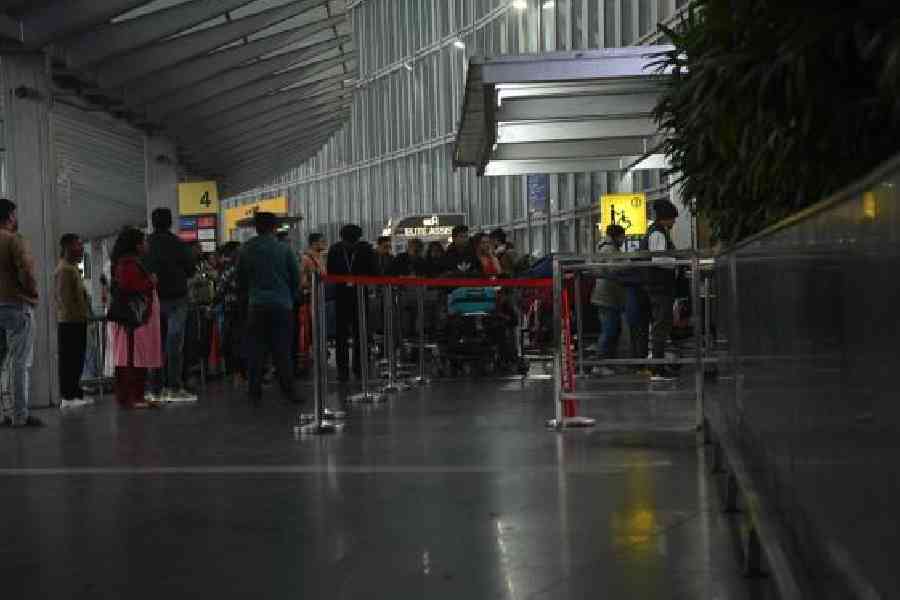The ministry of steel has prepared a road map for the decarbonisation of the sector with the aim to bring down carbon intensity of the industry with the use of renewable energy, green hydrogen and carbon capture technology.
A consultation paper, prepared with the effort of 14 task forces, will be released in the public domain soon for consultation and feedback before it becomes a policy document. The task forces consisted of people from the industry, academia and think tank, among others.
“The task forces studied the aspects of instruments or mechanism to advance the decarbonisation of steel. They have submitted their report and we have integrated them into a road map after inter-ministerial consultations. It will be put up in the public domain for consultation in the next 7-10 days,” Nagendra Nath Sinha, secretary of steel, said.
Speaking at an interactive session with Bengal-based steelmakers organised by the Bharat Chamber of Commerce in Calcutta on Saturday, Sinha said the target is to bring down carbon intensity in the steel sector in a graded manner.
India’s steel sector emits 2.5 tonnes of CO2 to produce 1 tonne of steel compared with 1.8 tonne of global average. The government wants to bring down the intensity to 2.1 tonne by 2031.
The secretary exhorted steel companies, especially coal-based sponge iron producers, to explore migration to natural gas and then to hydrogen over a period. “The carbon pricing is going to come into effect sometime. The coal-based sponge iron producers may find their operation uneconomical then,” Sinha cautioned.
He reminded that the Centre has come up with the National Green Hydrogen Mission to support manufacture of green hydrogen in the country. The financial package provided under the Mission has an outlay of ₹17,490 crore till 2029-30.
Sinha predicted that the cost of producing green hydrogen would come down as witnessed in solar power over the years. Use of hydrogen produced by electrolysis can bring down coal consumption in the DRI route as well as in blast furnaces.
While many European countries are generously funding transition to green steel, fiscal support from India may not be of the same magnitude, the secretary noted. However, he reminded that the budget highlighted the ‘hard to abate’ sectors where carbon intensity is high.
“A roadmap for moving the ‘hard to abate’ industries from ‘energy efficiency’ targets to ‘emission targets’ will be formulated. Appropriate regulations for transition of these industries from the current ‘Perform, Achieve and Trade’ mode to ‘Indian Carbon Market’ mode will be put in place,” finance minister Nirmala Sitharaman said in the budget.
Steel import
Asked to comment on the industry’s demand for trade measures against rising import, the secretary said some of the steelmakers have reached up to Directorate General of Trade Remedies (DGTR) complaining about hot rolled coil coming from Vietnam.
“Level of imports is not dangerous; at the moment it is only 5 per cent of total consumption which is being met by imports. What is being claimed by several steelmakers, the prices that are being quoted for imported products are significantly lower than what the steelmakers can offer their product,” Sinha explained. The steel ministry also raised the matter with DGTR, which functions under the commerce ministry.

